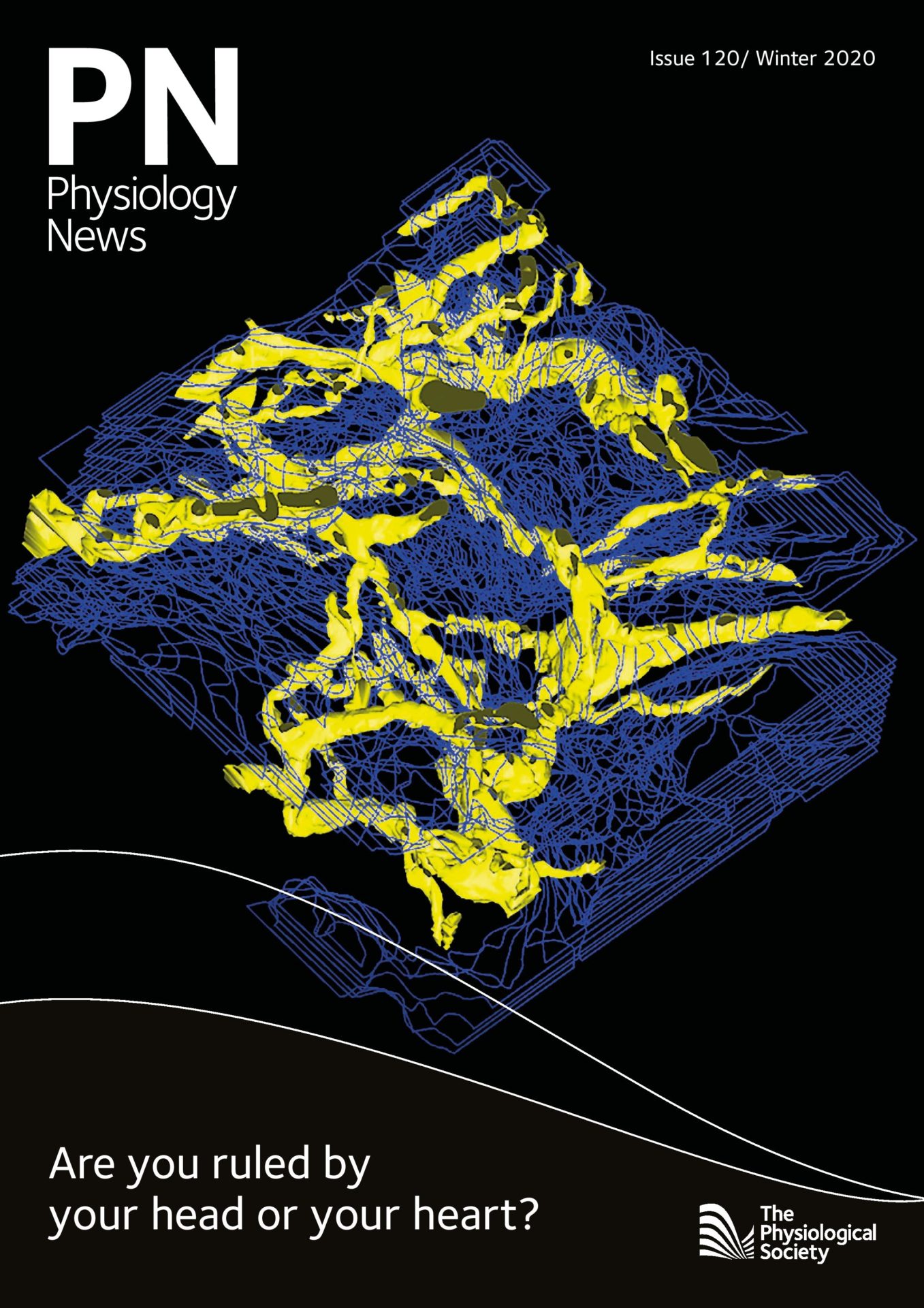
Physiology News Magazine
Family ties in Star Wars
Is Force-sensitivity a matter of non-Mendelian inheritance?
Features
Family ties in Star Wars
Is Force-sensitivity a matter of non-Mendelian inheritance?
Features
Ronan Berg, University of Copenhagen, Denmark
https://doi.org/10.36866/pn.120.28
With Star Wars Episode IX: The Rise of Skywalker (2019), the main storyline of the most influential space opera in contemporary pop culture has come to an apparent end. Over the past 40 years, Star Wars has touched on themes relating to family, religion, and politics. These themes are closely intermingled in the saga, and a critical reassessment of the films unveils some rather unexpected plot twists. For readers that are unacquainted with the saga, the following probably won’t make much sense, but I must warn you that it will contain numerous spoilers.
In Star Wars Episode IX, we learn that Rey, the main protagonist of the sequel trilogy (2015– 2019), despite growing up as an orphan scavenger on the desert planet Jakku, is in fact the granddaughter of Sheev Palpatine, the most influential political figure in Galactic history. Just like Palpatine – and members of the Skywalker family – Rey exhibits notable so-called Force-sensitivity. Indeed, the numerous plot lines of the saga invariably centre on the mystical and ubiquitous energy field, laconically designated “the Force,” which forms the basis of the belief system of the monastic Jedi and Sith Orders. As Jedi Master Obi-Wan Kenobi expresses in Star Wars Episode IV: A New Hope (1977), it “surrounds us and penetrates us; it binds the galaxy together.” It thus appears to be a composite of what a physicist here on Earth would call the four fundamental interactions, that is, gravity, weak and strong nuclear forces, and electromagnetism. In any event and somewhat different from conventional views here on Earth, Jedi and Sith cosmology consider the Force a product of living organisms themselves, and to complicate matters further, they believe that Force- sensitivity is caused by midi-chlorians, which are endosymbiotic lifeforms that reside inside living cells, quite similar to mitochondria and chloroplasts. Accordingly, Force-sensitivity is an inheritable trait, and the Star Wars saga is thus not only about family, but more specifically about genetics.
The prevailing view is currently that Rey inherited her Force-sensitivity from her father, that is, Palpatine’s son, who Palpatine must have conceived at the height of his rule of the Galactic Empire, although he does seem very career focused throughout the Star Wars saga without any apparent aspirations of settling down with a family. It is nonetheless highly unlikely, or at least inconsistent, that Rey inherited such a trait from her father, unless the cellular biology of the Homo sapiens-like beings in the Star Wars Galaxy are entirely different from here on Earth. Given that Force-sensitivity depends on the organelle-like and thus extranuclear midi-chlorians, Force-sensitivity must exhibit maternal inheritance, because the midi- chlorians that are present in the zygote at fertilisation mainly originate from the oocyte!

From the above, it should be clear that while Anakin Skywalker/Darth Vader inherited his Force-sensitivity from his mother (who exhibited clear signs of this, i.e. by performing a virgin birth!), none of his children inherited it from him. They must have inherited it from their mother, Padmé Amidala (born Naberrie), who indeed possesses exceptional skills way beyond those of a common child prodigy. Accordingly, she manages to become a democratically elected queen of her home planet Naboo at 14 years of age, and Jedi Master Yoda specifically acknowledges her Force-sensitivity in the script of Star Wars Episode II: Attack of the Clones (2002), with the remark “With you, the Force is strong”, although this line did not make it into the final film. Even though the importance of the Naberries is, at least ostensibly, somewhat neglected in the saga, they may nonetheless be the most Force-sensitive family in the whole Star Wars Galaxy.
So, how do the Naberries fit into Rey’s origin story? It so happens that Padmé’s sister Sola had two daughters Pooja and Ryoo who were present at Padmé’s funeral in Star Wars Episode III: Revenge of the Sith (2005), and it would make perfect sense if one of them were Rey’s grandmother! Indeed, I have found nothing within the narrative of the now 11 films of the Star Wars saga to falsify this claim.
I can see a yet untold love story unfold from ashes of the Galactic Empire during the dramatic finale at the end of Star Wars Episode VI: Return of the Jedi (1983) where the party-craving Galactic citizens lose all inhibitions and cause utter turmoil throughout the Galaxy. A Romeo and Juliet-like story about two young people from Naboo who fall in love despite their irreconcilable Naberrie and Palpatine lineages, and who choose to abandon their noble heritage to settle down as junk traders on a distant desert planet. Like in so many of the other Star Wars films, there is a tragic twist, as they ultimately fail to escape the ghosts from the past (i.e. Sheev Palpatine’s). I would tentatively title this film Jobal and Sheev: A Star Wars (Love) Story; Jobal, because it is custom among Naberries to name their first-born daughters after the mother’s maternal grandmother; Sheev because I think Palpatine is the kind of person that would name his son after himself. This would make Rey (who should have been named Sola, but that would have given it all away) the great grandniece of Padmé, and the first cousin twice removed of Luke and Leia (Fig. 1).
I contend that the above demonstrates the true depths of Luke’s famous line: “The Force is strong in my family,” in Star Wars Episode VI, as he is most probably, but perhaps unknowingly, specifically referring to the non- Mendelian inheritance pattern of this trait. So, perhaps Star Wars Episode IX: The Naberrie Legacy would have been a more suitable title for the saga’s final instalment.
